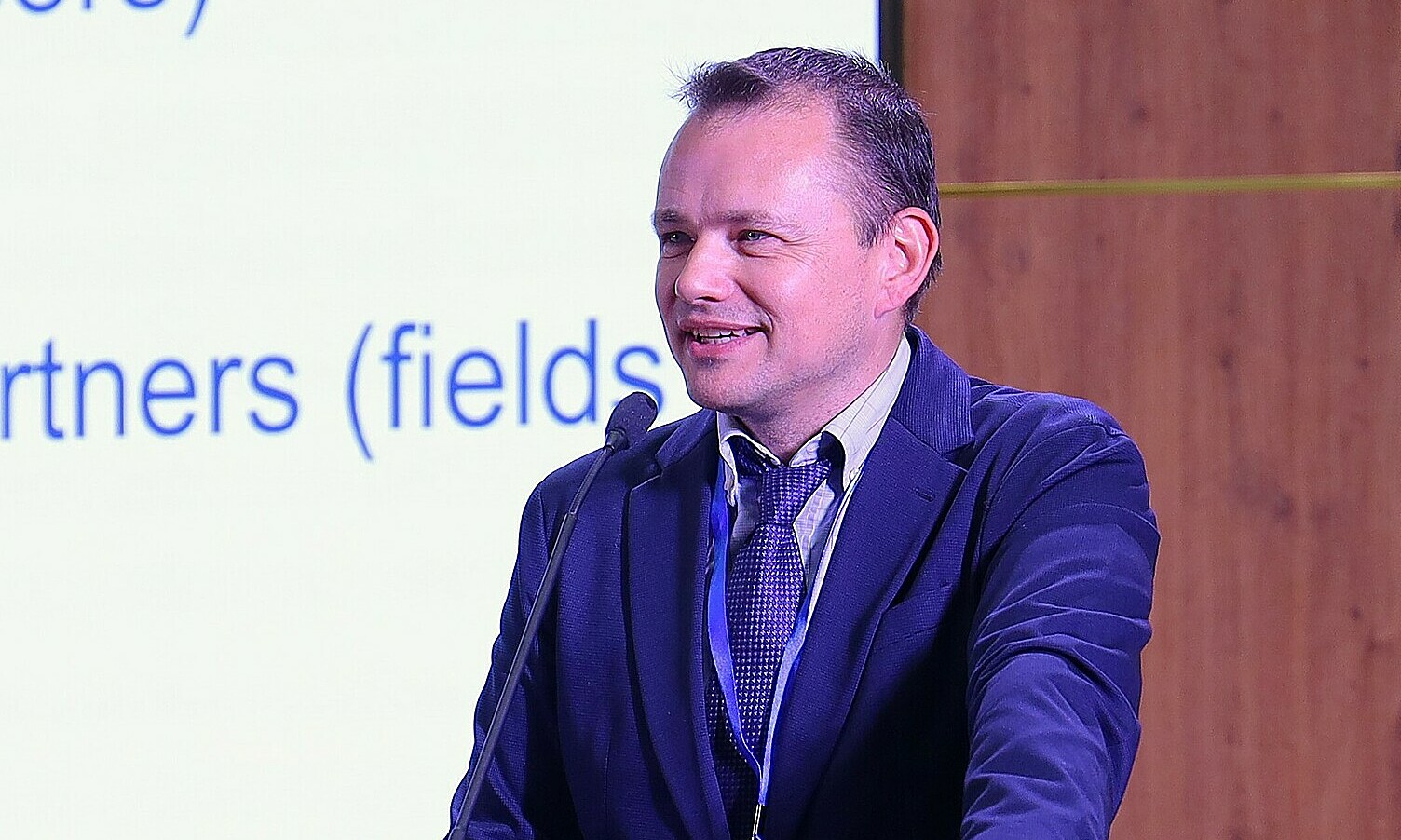This assessment was presented by Professor Yves Wautelet from KU Leuven University (Belgium) at the international conference "Digital Transformation - Driving Business Efficiency and Sustainable Economic Development" (APMC 2025), organized by the University of Economics and Law, Vietnam National University - Ho Chi Minh City (UEL) last week.
According to Professor Wautelet, the world is embarking on a "double transition" - digital transformation and sustainable development - where digital technologies like the Internet of Things (IoT), artificial intelligence (AI), and blockchain are merging with ecological practices. "The goal of this double transition is to maximize the synergy between these elements to create greater value economically, socially, and environmentally," Professor Wautelet stated.
This observation is substantiated by a model he developed called Circulise, implemented at the Fanyatu project in the Congo River Basin, which focuses on reforestation and improving local livelihoods. Circulise combines management, economic, and technological models to deliver sustainable and circular value.
 |
Professor Yves Wautelet speaking at the APMC 2025 plenary opening session, 16/7. Photo: UEL |
Professor Yves Wautelet speaking at the APMC 2025 plenary opening session, 16/7. Photo: UEL
The project integrates IoT technology and digital twins to monitor and optimize resource use, building trust among stakeholders. To date, approximately 6 million trees have been planted, with the local community participating as "resource prosumers".
The project aims for decentralized governance using blockchain to ensure transparency in CO2 tracking and generate carbon credits. Revenue from selling these credits funds reforestation, the construction of solar kitchens, biogas digesters, and sustainable housing for the local community.
Unlike the traditional linear economic model (produce, use, dispose), the circular economy revolves around minimizing waste and maximizing the value of products and materials. In a circular economy, experts explain, we extract more value from existing resources and maintain that value within the economy for as long as possible. This can be achieved through intelligent design, digital solutions, and a shift from product ownership to service utilization.
Globally, other projects demonstrate how new technologies are effectively accelerating the progress and efficiency of the circular economy. For example, EY is collaborating with companies to implement AI-powered supply chain analysis tools, addressing bottlenecks in transport management, reducing carbon emissions, and forecasting demand to limit overproduction and inventory.
In recycling, Plastic Bank (Canada) uses an AI and blockchain-integrated platform to turn plastic waste into "currency". People can exchange plastic for necessities, tuition, health insurance, and other essential services through a transparent and traceable system.
At a higher level, the circular economy is not just about recycling. Through machine learning and continuous feedback, AI helps designers rapidly test and adjust various options for using more sustainable materials that are easily reusable or disassembled.
Currently, about 27% of countries include circular economy actions in their Nationally Determined Contributions (NDCs). The circular economy will also be a central theme at the 30th United Nations Climate Change Conference (COP30), to be held in Belem (Brazil) in November. Reuters assesses that the need for a transition from a linear to a circular economy among nations has never been more urgent.
The extraction and processing of raw materials, including fossil fuels, minerals, and biomass, account for at least 55% of global greenhouse gas emissions, while contributing to biodiversity loss and resource depletion. However, economies have yet to fully tap the potential of these resources.
This year's Circularity Gap Report indicates that most materials entering the economy are still virgin raw materials, and the total volume continues to increase annually. Only 6.9% of materials come from recycled sources, a 24% decrease compared to 2015, when the rate was 9.1%.
COP30 President, Brazilian Ambassador Andre Correa do Lago, described the circular economy as "one of the essential tools to ensure the fastest possible action against climate change", urging countries to act urgently and decisively.
Sharing his experience, Professor Wautelet emphasized that the interaction between technology and societal needs must be clearly reflected in the design and operation of governance systems. He believes it's not simply about applying technology but about clearly defining how that technology serves community interests and sustainable development, and adapting technology to align with social goals.
Vien Thong












